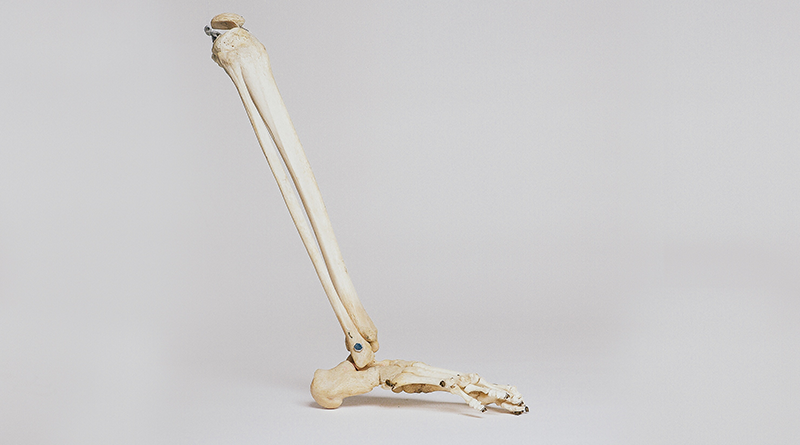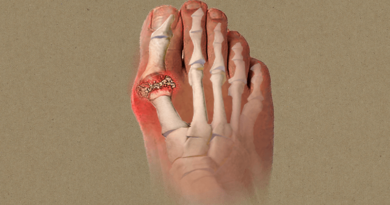Symptoms of gout attack – how do you know if you have gout?
Gout patients have elevated uric acid level that develops crystals between joints. If not controlled or treated, this crystal buildup will eventually result in acute attacks known as “Flares.” Fares causes severe pain, inflammation and the formation of disfiguring nodule called tophi. That’s why it is essential that you treat gout at an early stage.
How do you know if you have gout?
The signs and symptoms of gout attack almost always occur suddenly and without warning with severe pain in one or more joints. So, to identify a gout attack, you have to monitor the following signs closely:
Intense joint pain
Gout frequently affects joints in the lower extremities. The most common bone involved is the big toe, but almost any bone can be required (for example, knee, ankle, and small joints of the hands). The pain is likely to be most severe within the first four to 12 hours after it begins.

Corporate Wellness App
CircleCare
Lingering discomfort
While the pain and swelling completely go away, some joint trouble may last from a few days to a few weeks. Later attacks are likely to continue longer and affect more joints. With time, attacks of gouty arthritis can occur more frequently and may last longer, and multiple joints can be involved simultaneously over time.
Inflammation and redness
Swelling can be associated with severe tenderness in the affected joints. The surface becomes warm and red with peeling, itchy and flaky skin.
Reduced range of motion: Decreased joint mobility may occur as gout progresses due to the pain and stiffness.
Length of pain
Gout attack lasts typically around 3 to 10 days. So if you are experiencing an illness which is lasting around that long, you should consider gout.
So the next time you feel an intense pain all of a sudden, call your doctor. Because if you don’t make lifestyle changes and take proper treatment, the joint pain is only going to get worse.









Pingback:Diagnosis & Tests of Gout | CircleCare